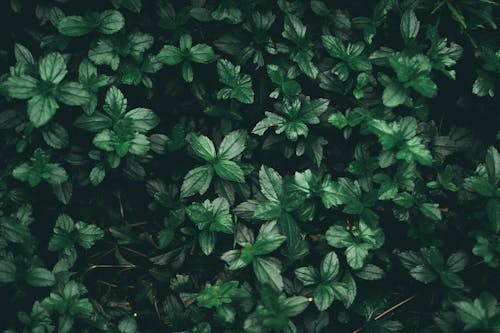· The Dicotyledonous Root
· Rhizodermis or Epiblema
§ Outermost layer aka rhizodermis (epidermis in stems) made of a single layer of parenchyma cells which are arranged compactly without intercellular spaces, with no stomata or cuticle
§ Root hair is always single celled
§ Protects inner tissues of the root
· The Cortex
§ Consists of only parenchyma cells loosely arranged with intercellular spaces to make gaseous exchange easier
§ These cells may store food reserves
§ The cells are oval or rounded in shape
§ Sometimes are polygonal due to mutual pressure
§ Cortical cells are devoid of chloroplasts but starch grains are stored in them
§ The cortical cells also possess leucoplasts
§ Inner most layer of the cortex is endodermis
§ Endodermis is made up of single layer of barrel shaped parenchymatous cells
§ Stele is completely surrounded by the endodermis
§ The radial and the inner tangential walls of endodermal cells are thickened with suberin
§ Casparian strips
§ Casparian strips are absent in the endodermal cells located opposite to the protoxylem elements
§ These thin-walled cells without Casparian strips are called passage cells through which water and mineral salts are conducted from the cortex to the xylem elements
§ Water cannot pass through other endodermal cells due to the presence of Casparian ·
The Stele
§ Include all the tissues present inside endodermis
§ The stele includes pericycle and vascular tissues
§ The Pericycle
§ Pericycle is generally a single layer of parenchymatous cells found inner to the endodermis
§ It is the outermost layer of the stele
§ Lateral roots originate from the pericycle
§ Thus, the lateral roots are endogenous in origin
§ The Vascular Tissues
§ Vascular tissues are in radial arrangement
§ Xylem and phloem are separated by a conjunctive tissue
§ If conjunctive tissue is composed of parenchymatous tissue then, the xylem is in exarch condition
§ If number of protoxylem points is four, then, the xylem is called tetrarch
§ Each phloem patch consists of sieve tubes, companion cells and phloem parenchyma
§ Metaxylem vessels are generally polygonal in shape but in monocot roots they are circular thickenings



Leave a Reply